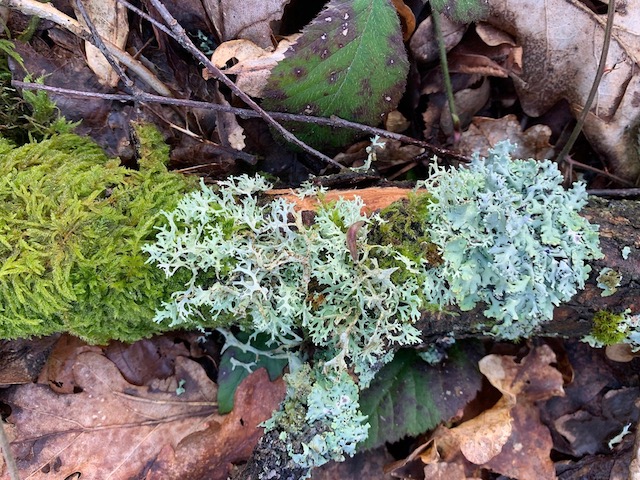Work on regenerative thinking progresses on all fronts. Book writing with my friend James on Monday (read his excellent blog on this process), developing regenerative practice at Hazel Hill Wood Tuesday and short-listing candidates for the Regenerative Design Lab Wednesday. I love that all of these initiatives inform each other.
To aid all three I have synthesised my understanding of how regenerative systems operate. This framing is informed in large-part by Donnella Meadows’s book ‘Thinking in Systems’, which is helping to understand the conversations are having across all these fronts.
Regenerative systems have the capacity to continuously renew themselves, thrive within the limits of the system and adapt to changing conditions. It is this combination of factors that enables life to flourish on Earth.
Non-regenerative systems can’t. If they rely on non-renewable resources, they can only thrive as long as these resources remain plentiful. Whether dependent on renewable or non-renewable resources, if they have no means of constraining their behaviour when they meet system limits then these limits are exceeded and the system breaks down. And even if the system has feedback loops that stop it from overshooting its limits, if it has no built-in intelligence, the system can’t notice if conditions are changing and adapt accordingly.
Four key characteristics help regenerative systems operate:
- Renewable resources of energy and material;
- Multiple layers of feedback loops operating over different timeframes, with different mechanism and with redundancy (in case some stop working) to keep the system in check;
- The capacity to self-organise using simple rules, but also for these rules to adapt, based on feedback, to the environmental conditions; and,
- A system hierarchy that enables parts of the system to operate both semi-independently, but in a way that is richer when all these semi-independent parts work together.
It is through creating a complex system of feedback loops, self-organisation and effective hierarchies that natural systems are able to become regenerative. These factors we recognise as complexity, diversity, harmony and vivacity. Taken together this is what we call thriving.
Photo credit: Joseph Watts, taken at Hazel Hill Wood.


Leave a Reply